WONDERLAND’s guide to art exhibitions to check out from January to March—including Edward Gorey, Gustav Klimt, Egon Schiele, quilts, pussyhats, post-colonialism, Fra Angelico, M.C. Escher, photos documenting the damage of global warming, and a walk-in mirror maze.

“A Decolonial Atlas: Strategies in Contemporary Art of the Americas,” Tufts University’s Aidekman Arts Center, Medford, Jan. 16 to April 15.
Contemporary artists from the United States and Latin America grapple with colonialism and post-colonialism.
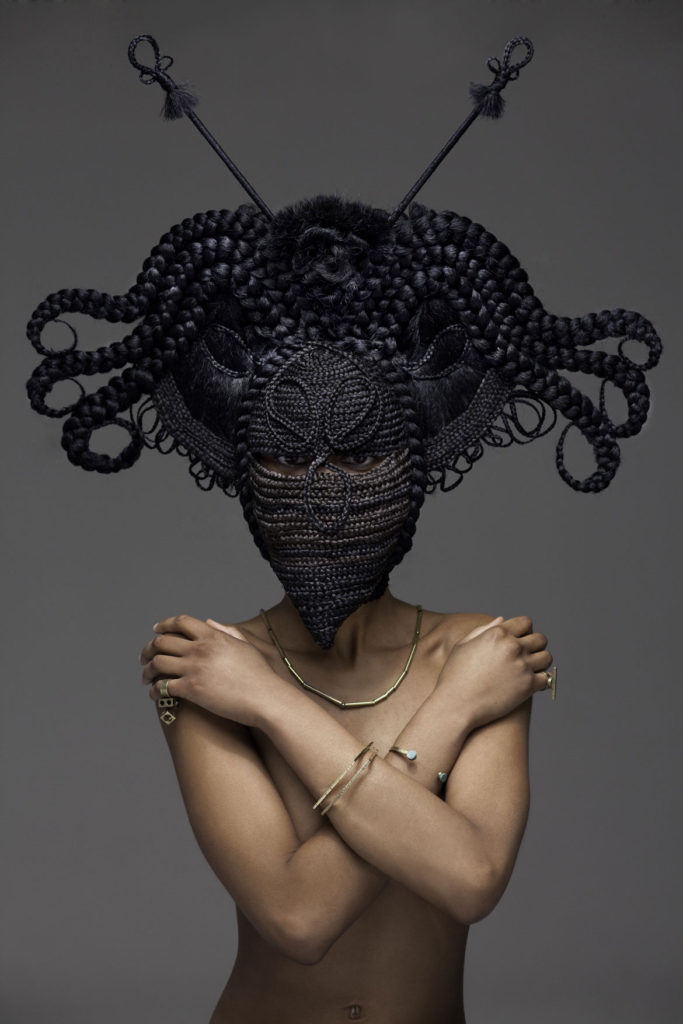
“Legacy of the Cool: A Tribute to Barkley L. Hendricks,” MassArt’s Bakalar & Paine Galleries, Boston, Jan. 17 to March 3.
In honor of the realist painter who died in Connecticut last spring whose portraits of the 1960s and ‘70s epitomized African American cool, this exhibition gathers 24 contemporary artists who “question dominant cultural narratives and address important contemporary issues.”

“Revolution in the Making: The Pussyhat Project,” Fuller Craft Museum, Brockton, Jan. 20 to May 20.
A look at the pink knit “pussyhats” that were an icon of Women’s Marches across the country last January—“the largest example of social activism through craft—craftivism—in U.S. modern history.”
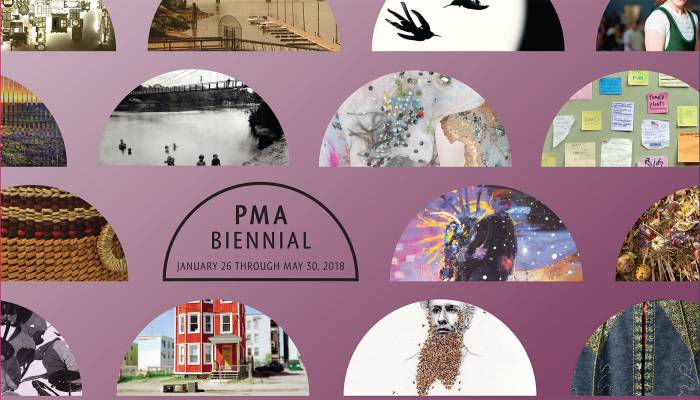
“The 2018 Portland Museum of Art Biennial,” Portland Museum of Art, Maine, Jan. 26 to June 3.
The museum’s biennial roundup of talent from across Vacationland/the Pine Tree State.
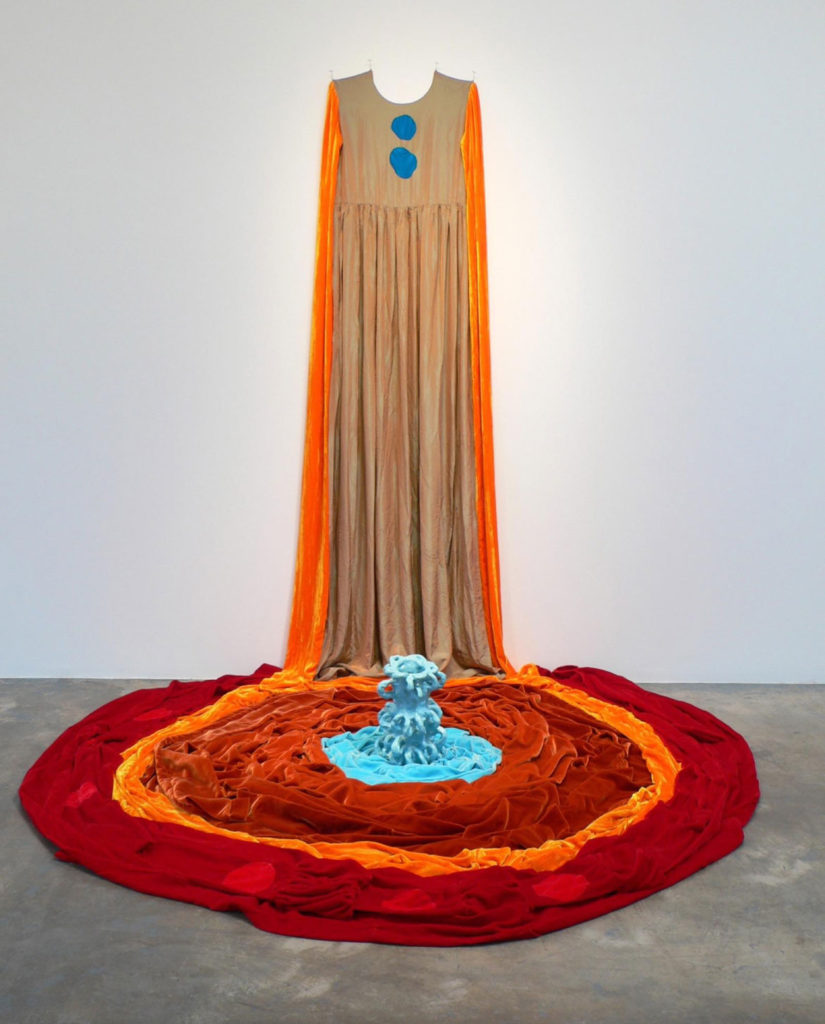
“Forms & Alterations,” Boston University’s 808 Gallery, Boston, Feb. 2 to March 25.
Artists and designers operating at the intersection of fine art and experimental fashion—including Andrea Zittel, Qwear, Carwash Collective (Beverly Semmes and Jennifer Minniti), K8 Hardy—explore and subvert relationships between clothing, gender and bodies.
“M.C. Escher: Infinite Dimensions,” Museum of Fine Arts, Boston, Feb. 3 to May 28.
Nearly 50 original works by M.C. Escher (1898-1972), the Dutch master of impossible architecture, visionary patterns and other dreamlike art.
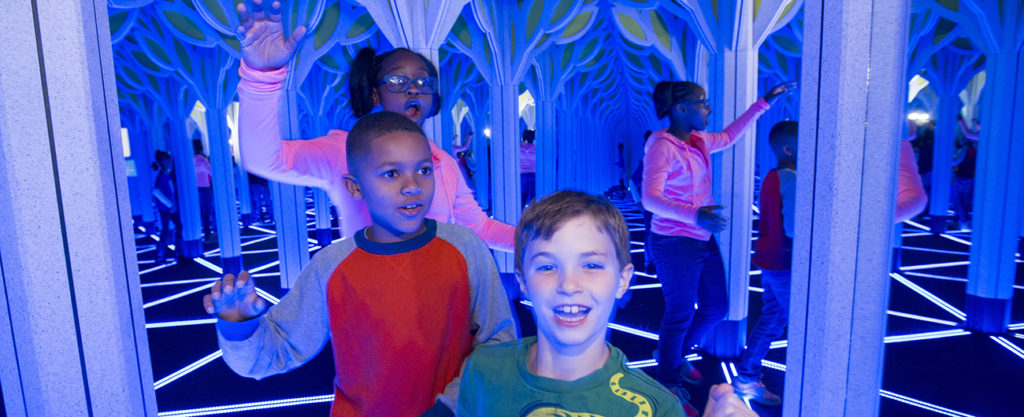
“A Mirror Maze: Numbers in Nature,” Museum of Science, Boston, Opens Feb. 4.
Learn about fractal branching, spirals, Voronoi patterns, the golden ratio and other mathematical patterns by studying them in the natural world—“from the nested spirals of a sunflower’s seeds to the ridges of a majestic mountain range to the layout of the universe.” The highlight of the exhibition is “a 1,700-square-foot elaborate mirror maze where visitors can lose themselves in a seemingly infinite repeating pattern of mirrors.”
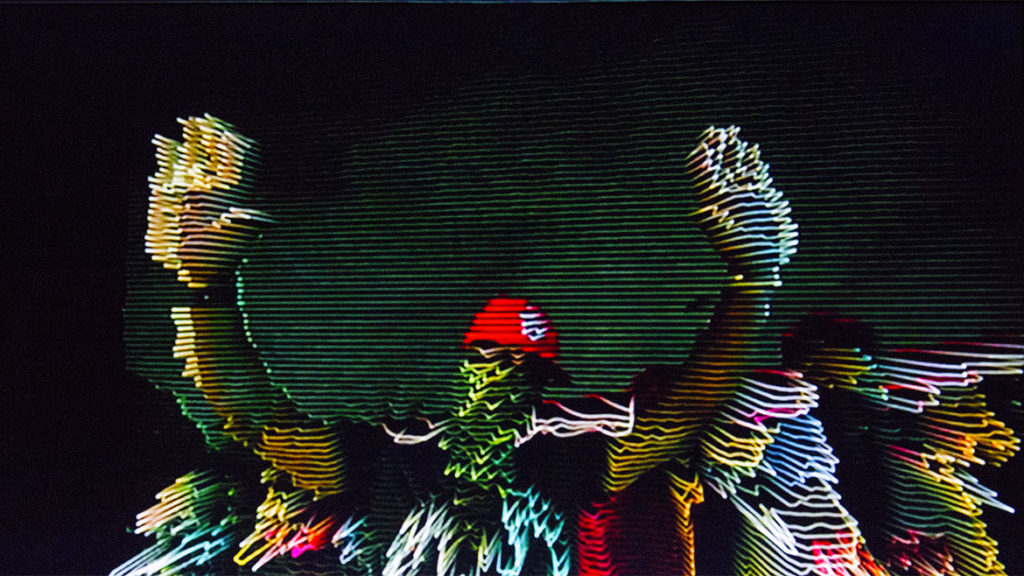
(still),” 2014–ongoing. Thirty-monitor video installation. (Courtesy the artists)
“Art in the Age of the Internet, 1989 to Today,” Institute of Contemporary Art, Boston, Feb. 7 to May 20.
An exhibition of art about how the Internet has changed art—and the world. Artists including Lizzie Fitch, Ryan Trecartin, Trevor Paglen, Nam June Paik, Thomas Ruff and Frances Stark explore human enhancement, communities, surveillance, resistance, “new subjectivities,” and virtual worlds.
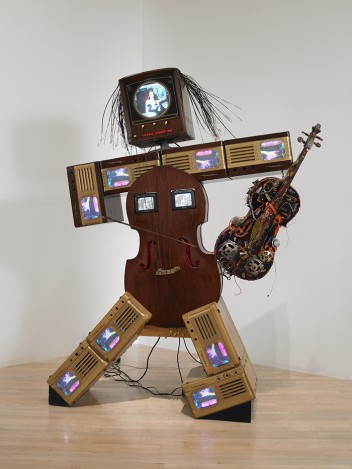
“Before Projection: Video Sculpture 1974-1995,” MIT List Visual Arts Center, Cambridge, Feb. 8, 2018 to April 15.
A re-evaluation of monitor-based video sculpture since the 1970s—including art by Nam June Paik, Tony Oursler, Muntadas and Dara Birnbaum.
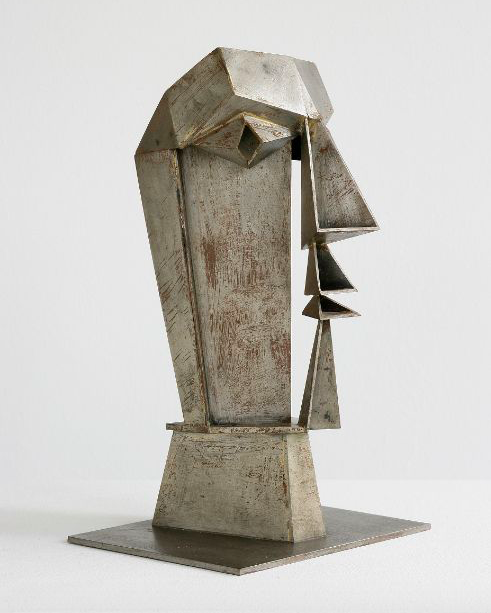
“Inventur—Art in Germany, 1943–55,” Harvard Art Museums, Cambridge, Feb. 9 to June 3.
A look at nearly 50 German artists reckoning with their nation’s “atrocities of World War II and the Holocaust, the country’s defeat and occupation by the Allies, and the ideological ramifications of the fledgling Cold War.”

“PlayTime,” Peabody Essex Museum, Salem, Feb. 10 to May 6.
Twenty contemporary artists examine “how play catalyzes creative expression, enchants the ordinary, and helps us understand ourselves in new ways. “
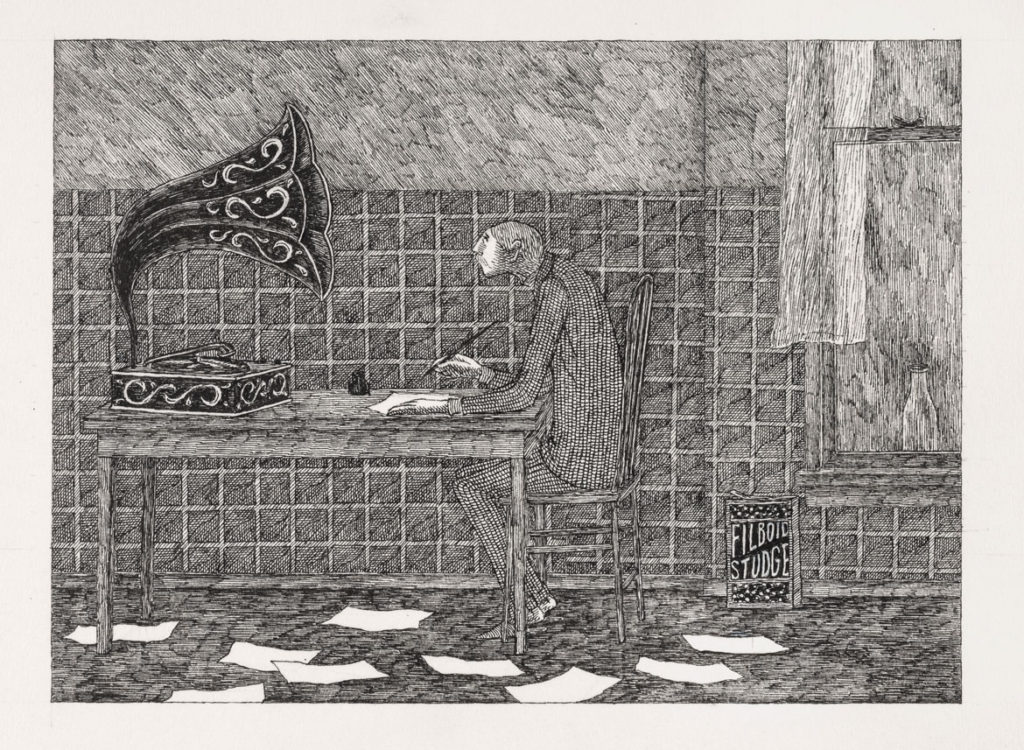
“Gorey’s Worlds,” Wadsworth Atheneum, Hartford, Connecticut, Feb. 10 to May 6.
A survey of the gothic artist Edward Gorey’s (1925-2000) pen and ink drawings of doomed children, swooning maidens and ominous mansions—alongside his personal art collection (Atget, Bonnard, Balthus, anonymous folk art), which he bequeathed to the Wadsworth Atheneum. Plus the late Cape Cod artist’s iconic fur coats and metal jewelry.

“Soulful Stitching: Patchwork Quilts by Africans (Siddis) in India,” Davis Art Museum, Wellesley College, Wellesley, Feb. 13 to June 10.
A survey of patchwork quilts, known as kawandi, by the Siddis of Karnataka, descendants of early African immigrants to South Asia and enslaved Africans brought to India’s west coast since the 16th century.

“Stitch: Syntax / Action / Reaction,” New Art Center, Newton, Feb. 16 to March 24.
Local artists—including Samantha Fields, Maria Molteni, Andrew Mowbray—use embroidery, knitting and textiles to “convey meaning, interrupting our ideas of normalcy and offering up new paradigms.”
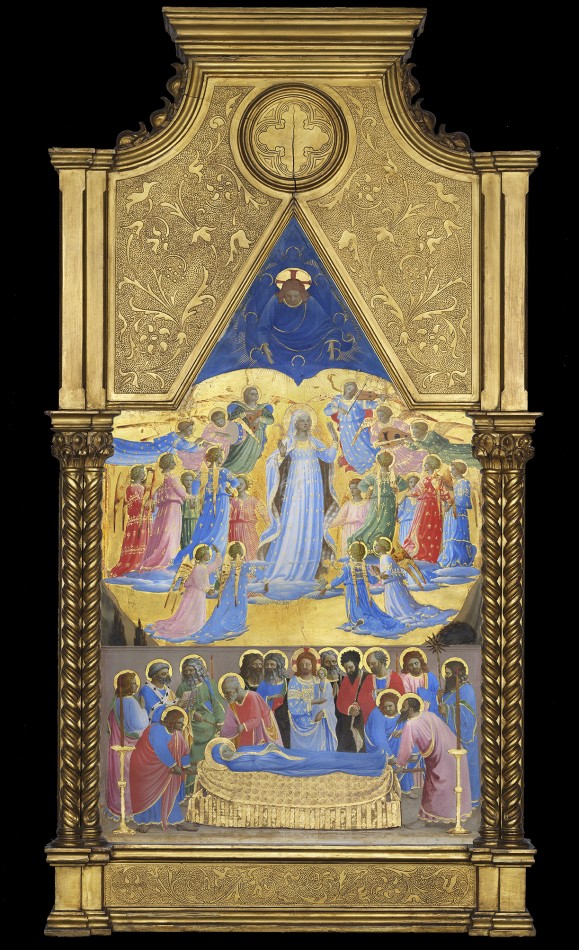
“Fra Angelico: Heaven on Earth,” Isabella Stewart Gardner Museum, Boston, Feb. 22 through May 20.
The Dominican friar Fra Angelico (c. 1400-1455) helped pioneer many of the realist pictorial innovations of the early European Renaissance. This exhibition brings together altarpieces, a triptych and four newly restored reliquaries—containers for holy relics depicting the life of the Virgin Mary that were painted for the church of Santa Maria Novella in Florence between 1424 and 1434.
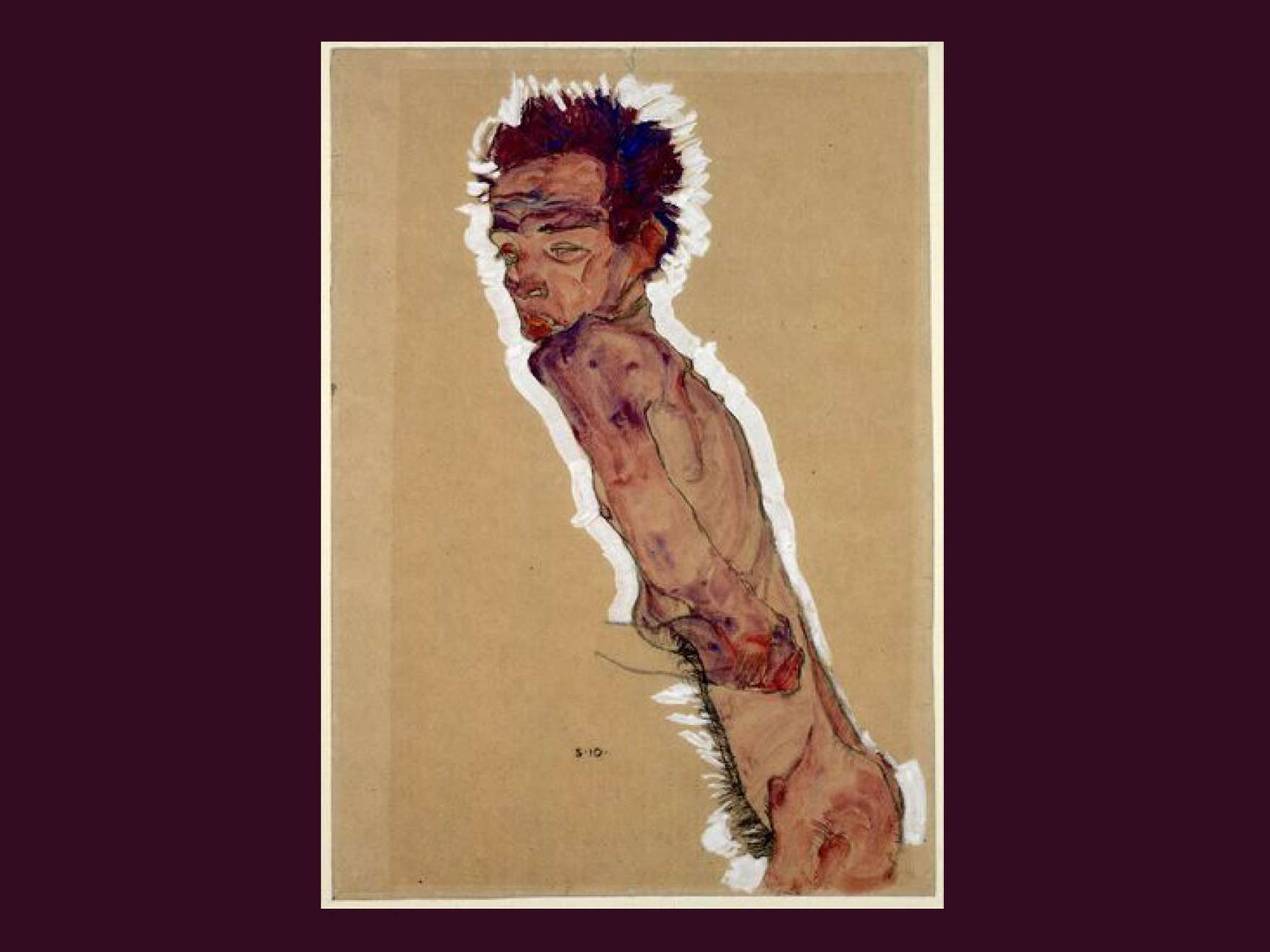
“Klimt and Schiele: Drawn,” Museum of Fine Arts, Boston, Feb. 25 to May 28.
Sixty rarely seen expressionist drawings by the Austrian artists Gustav Klimt (1862–1918) and Egon Schiele (1890–1918) on the centenary of their deaths.
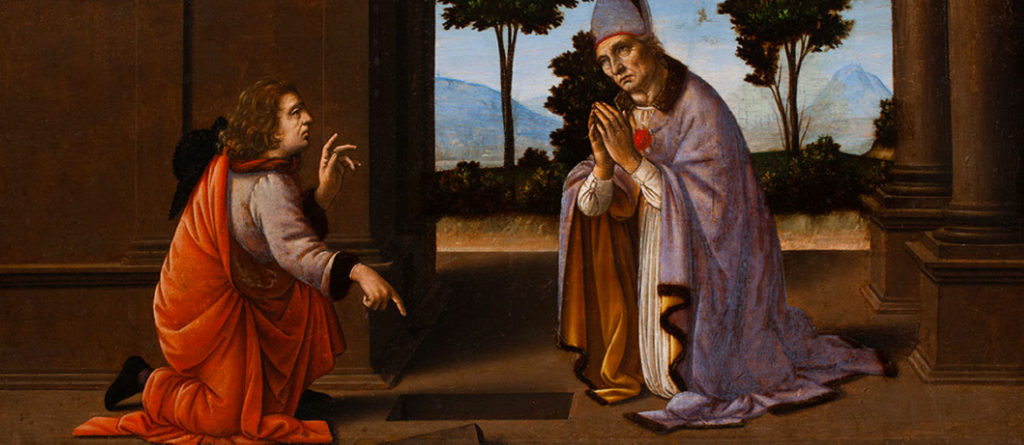
“The Mystery of Worcester’s Leonardo,” Worcester Art Museum, Worcester, March 10 to June 3.
Could a young Leonardo da Vinci have helped paint the Worcester Art Museum’s 15th century panel “Miracle of San Donato”? It’s generally attributed to Lorenzo di Credi, dating to when he was employed in the workshop of Florentine artist Verrocchio. But Leonardo da Vinci also worked there at the time. Conservators have used advanced technology to examine the painting’s underdrawing and believe there are multiple styles involved—including what may be the hand of da Vinci. This exhibition reunites it another panel painted for the same alterpiece—an “Annunciation” now at Paris’s Louvre—to invite comparative study.

“György Kepes Photographs: The MIT Years, 1946-1985,” MIT Museum, Cambridge, Opens March 21.
Experimental photography by György Kepes (1906-2001) from the four decades he taught at MIT—“camera-less images, various negative and print manipulation techniques, and methods of constructing photographic subjects with montage, collage, and plastic elements or found objects.”
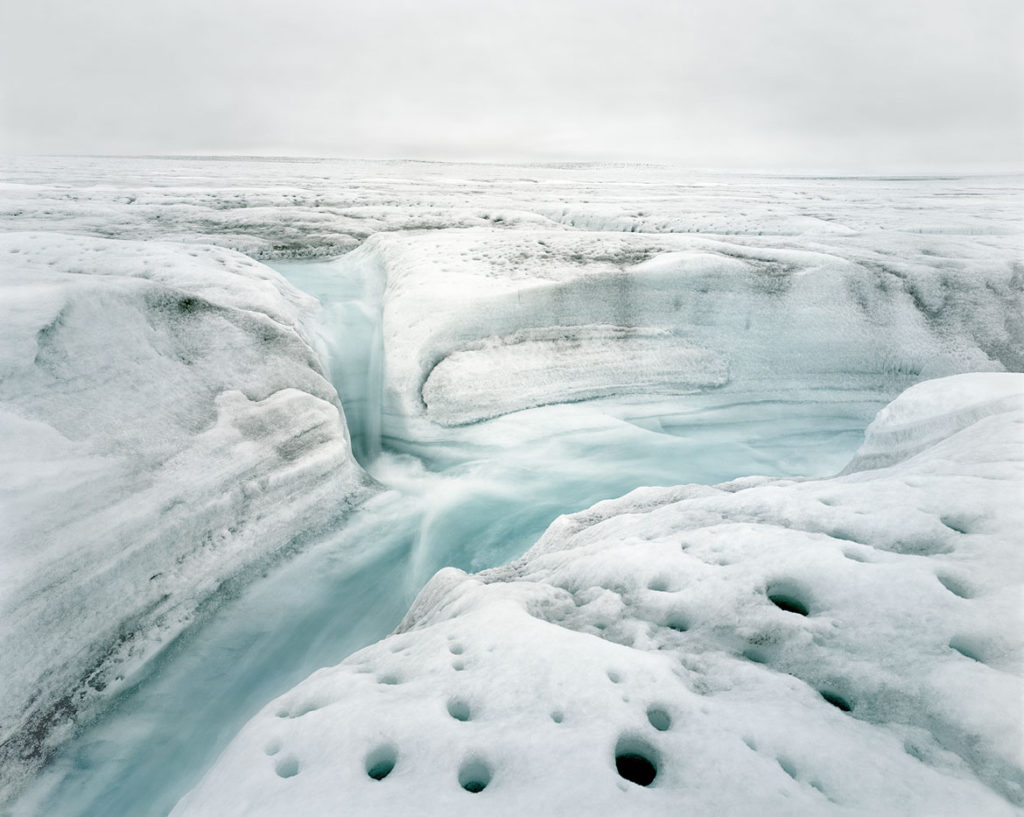
“33°: Jacob Kirkegaard, Camille Seaman, Olaf Otto Becker,” Bell Gallery, Brown University, Providence, March 31 to May 27.
The effects of global warming on Greenland are the subject of this exhibition. Kirkegaard’s soundspace incorporates the sounds of calving glaciers and cracking ice. Seaman photographs changing polar landscapes (pictured at very top). And Becker’s photographs melt-water rivers that are increasingly appearing across Greenland.
Help us keep producing our great coverage of local arts by contributing to Wonderland’s Launch Fundraiser. And sign up for our free, weekly newsletter so that you don’t miss any of our reporting.
